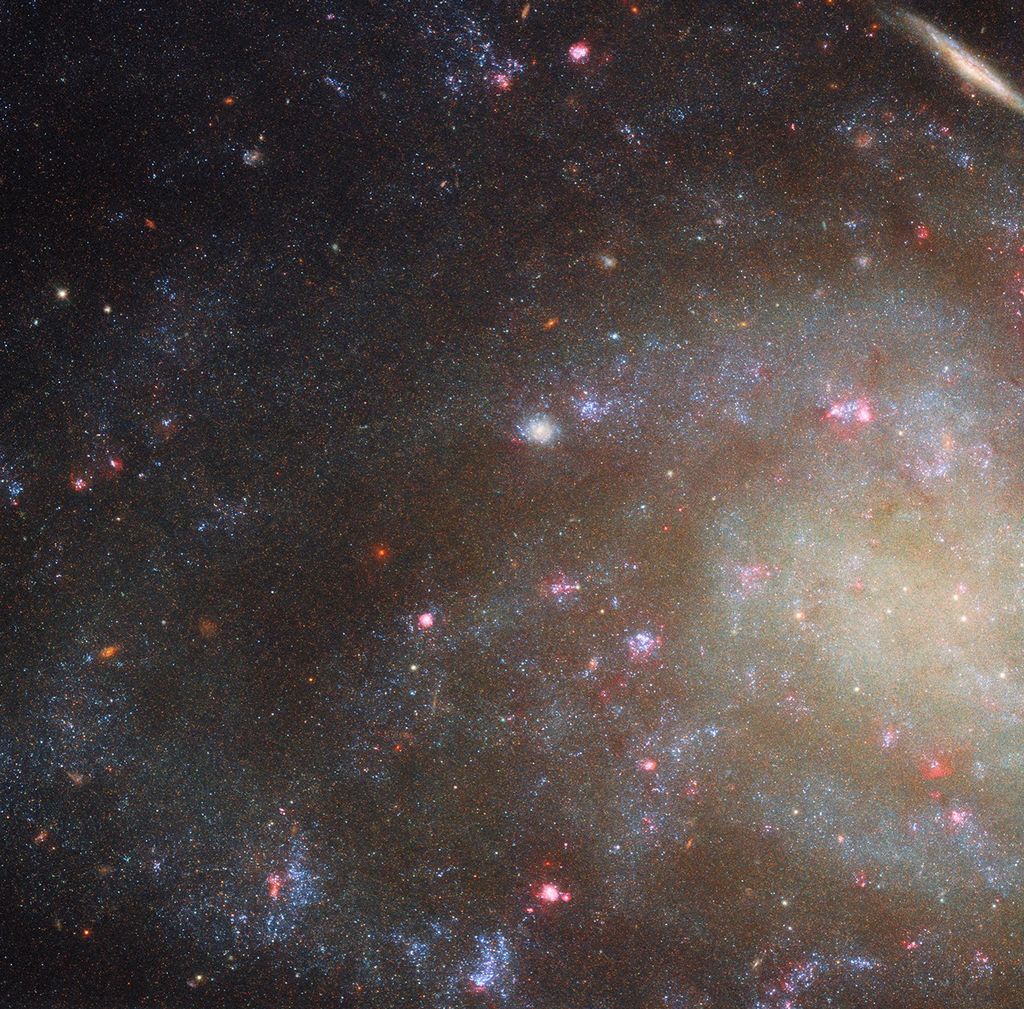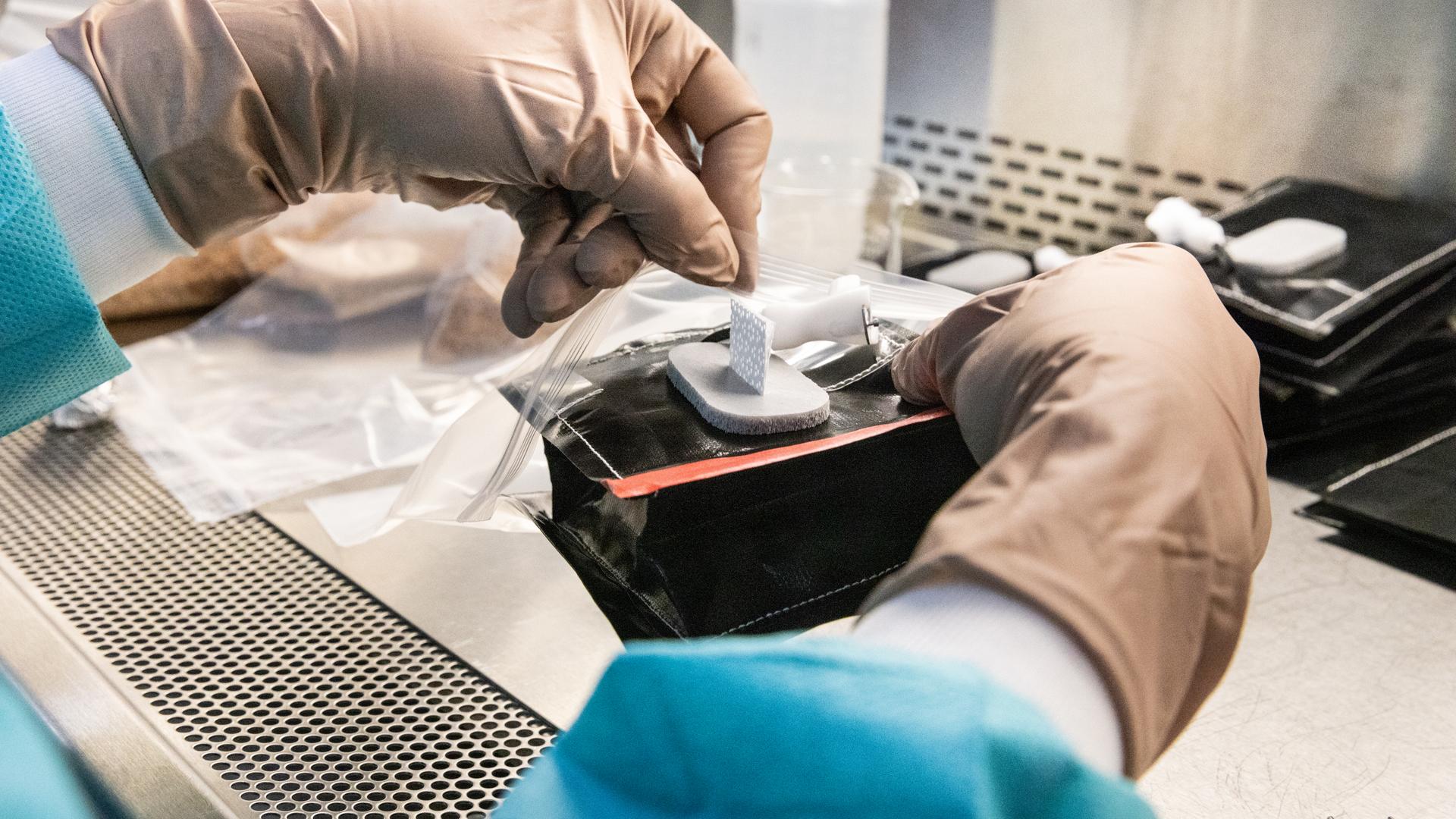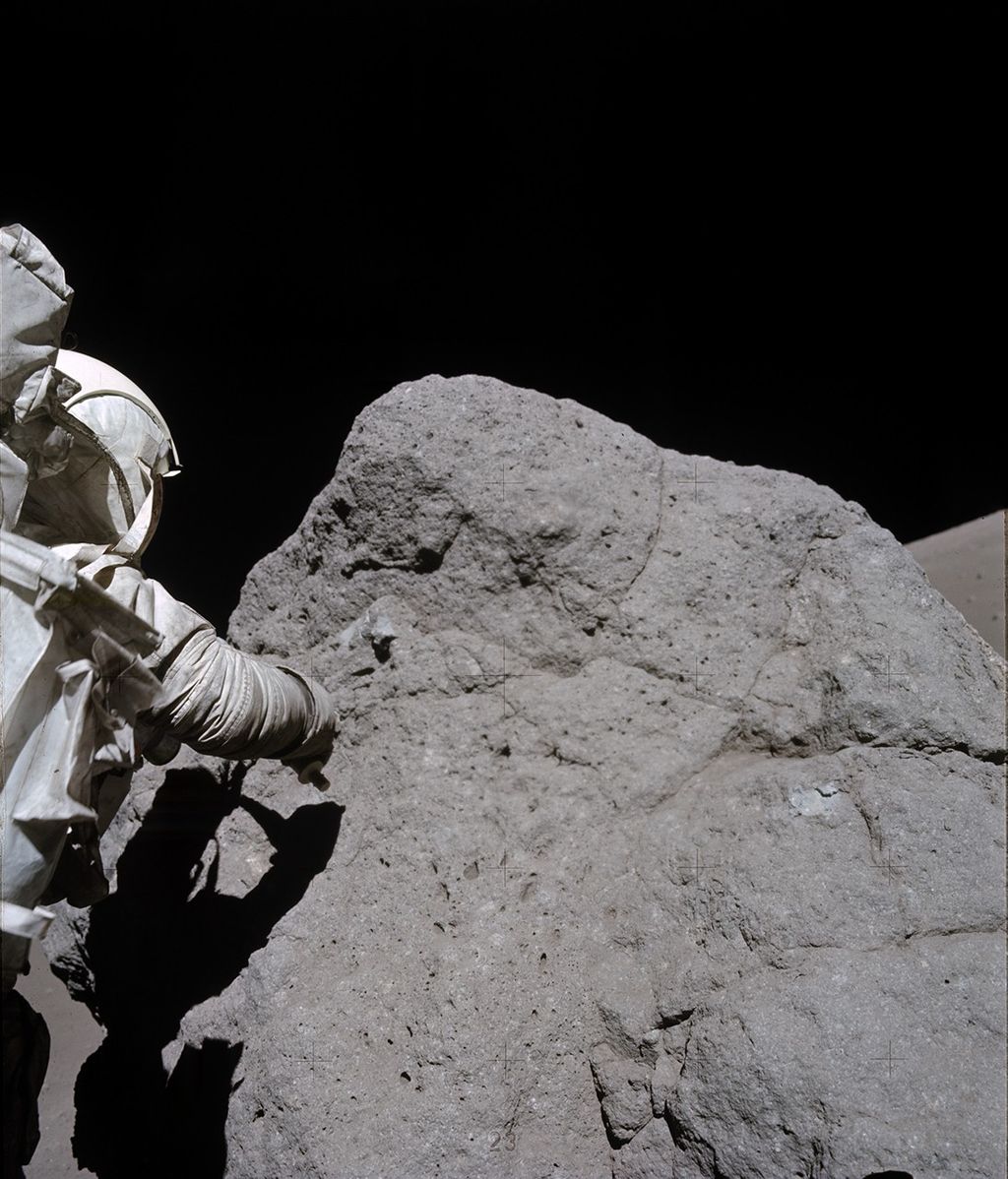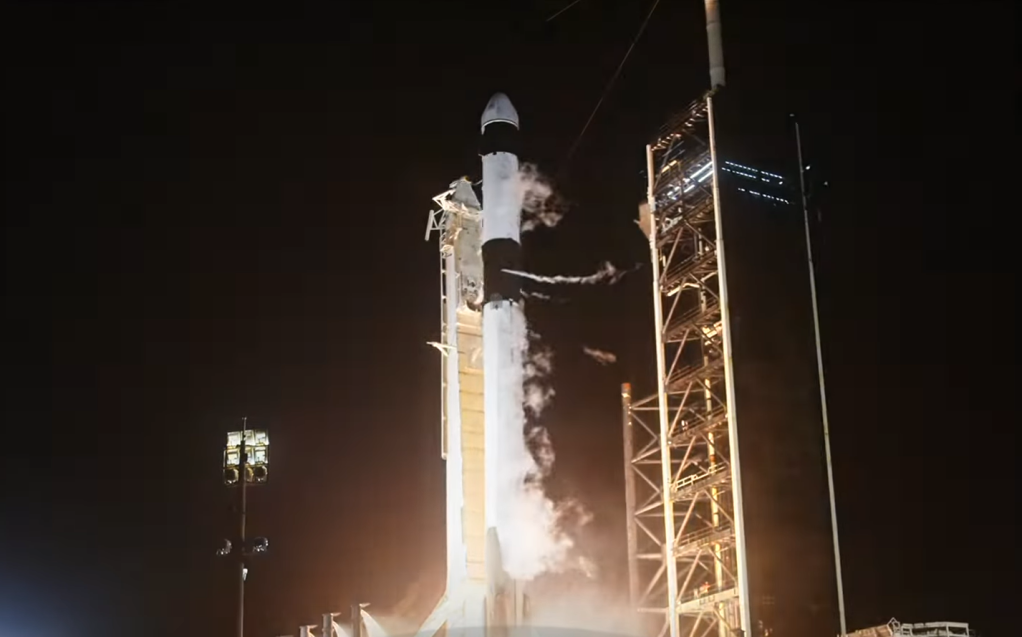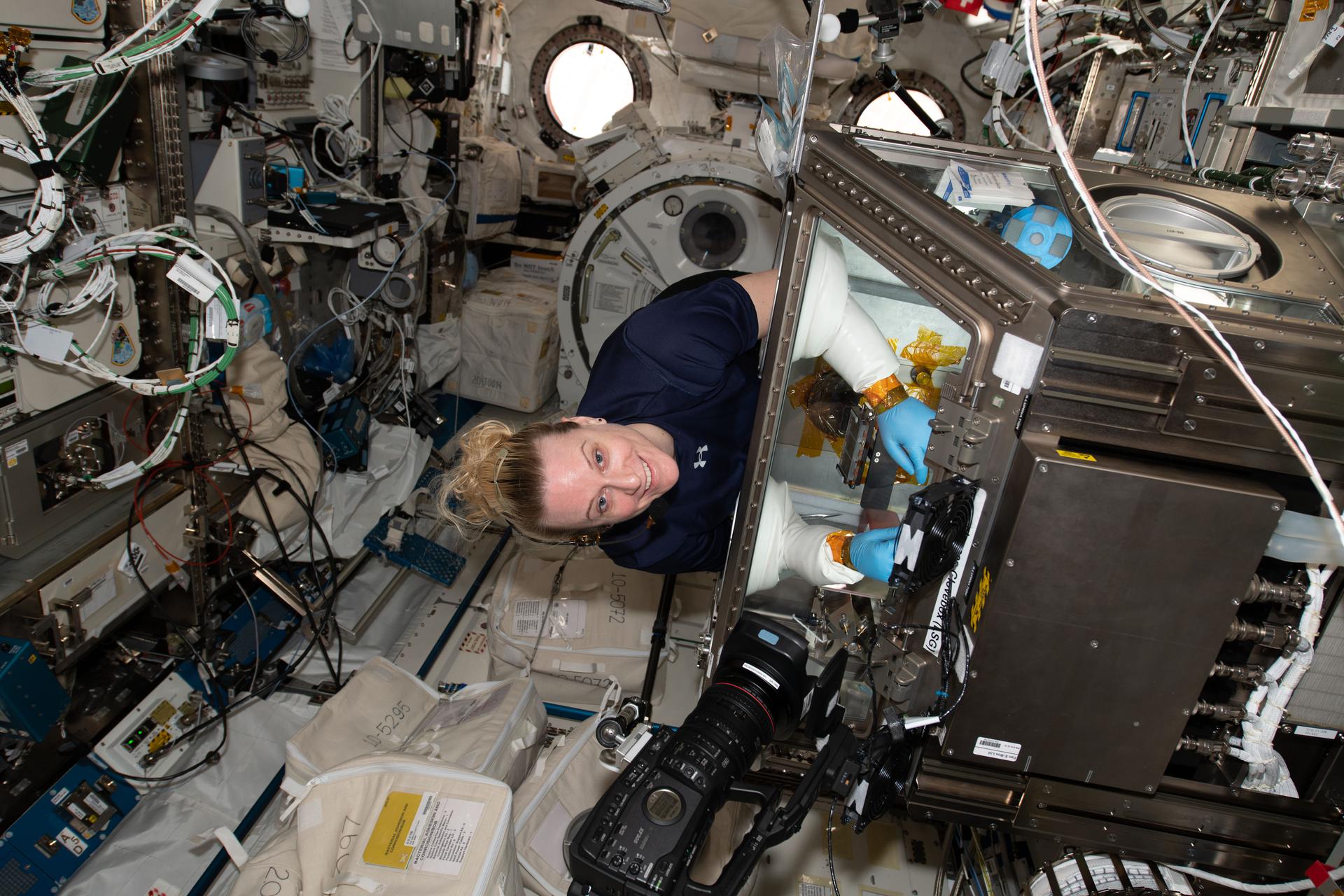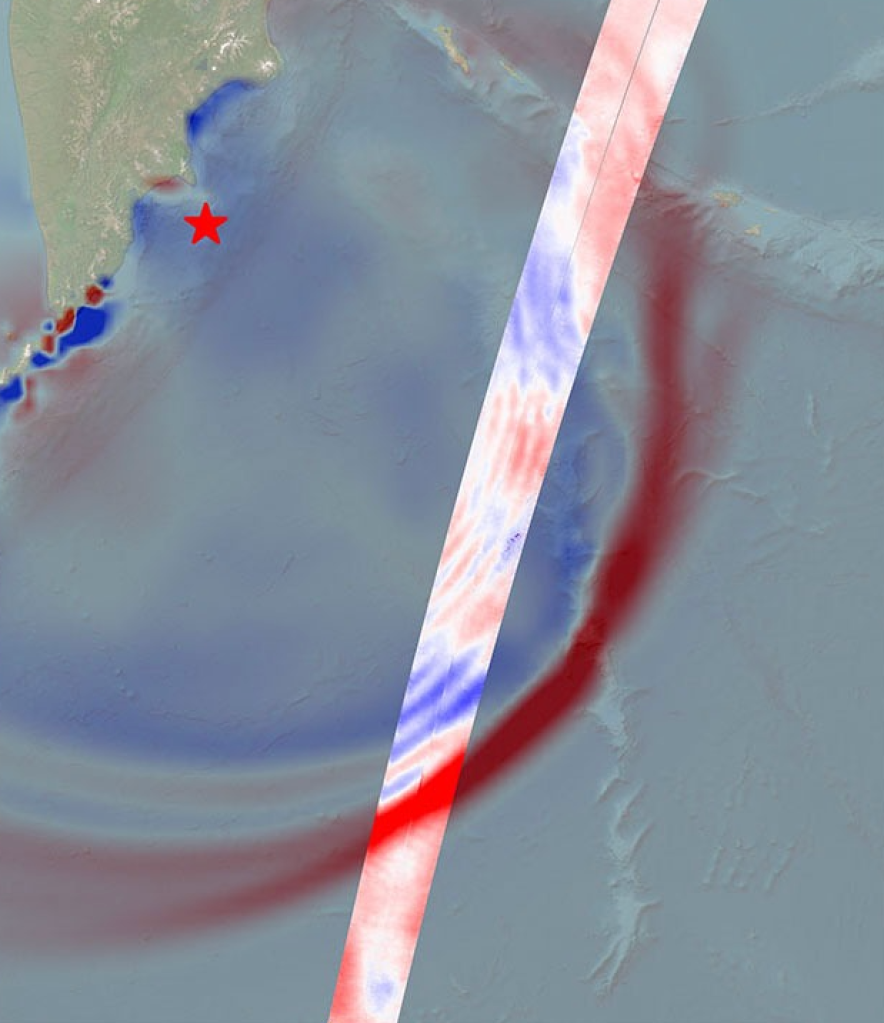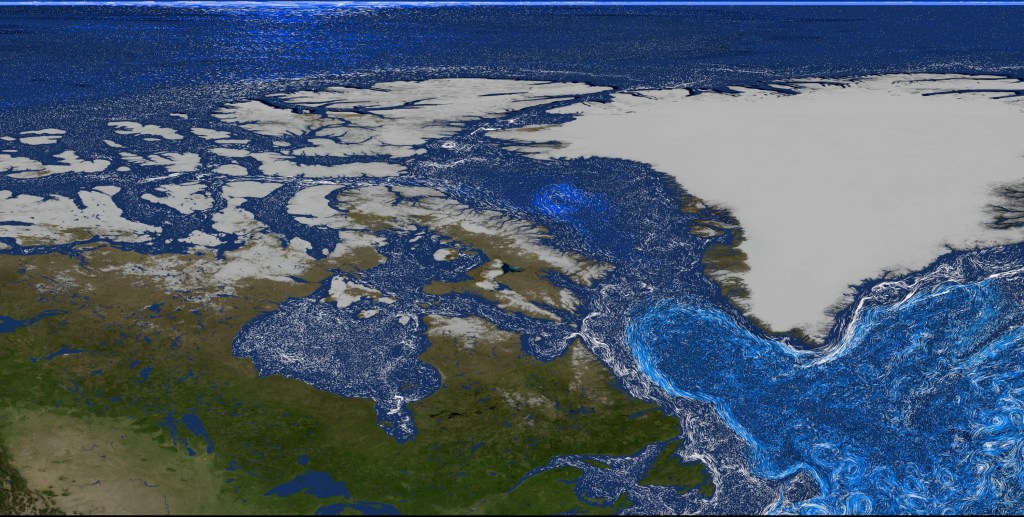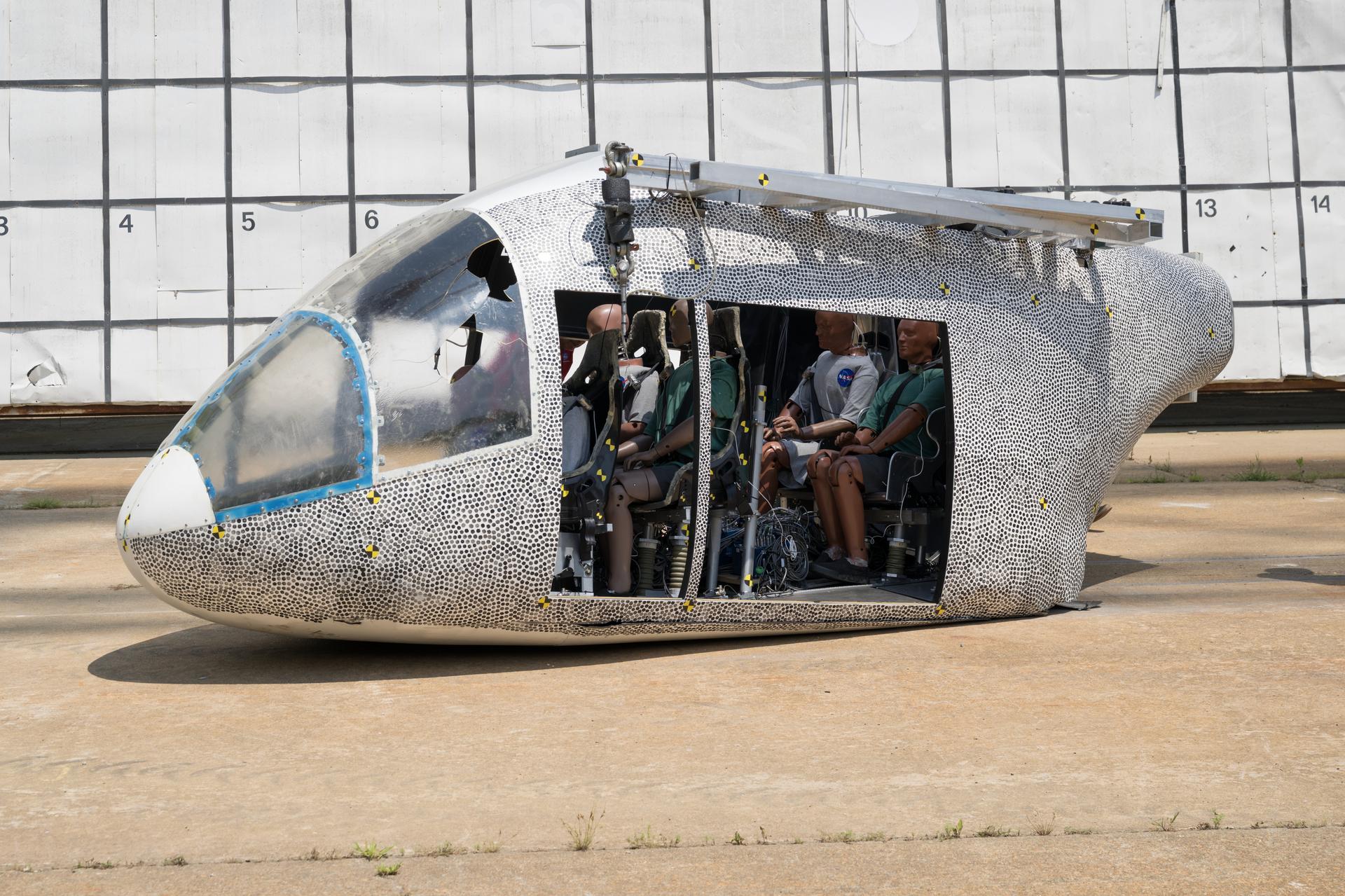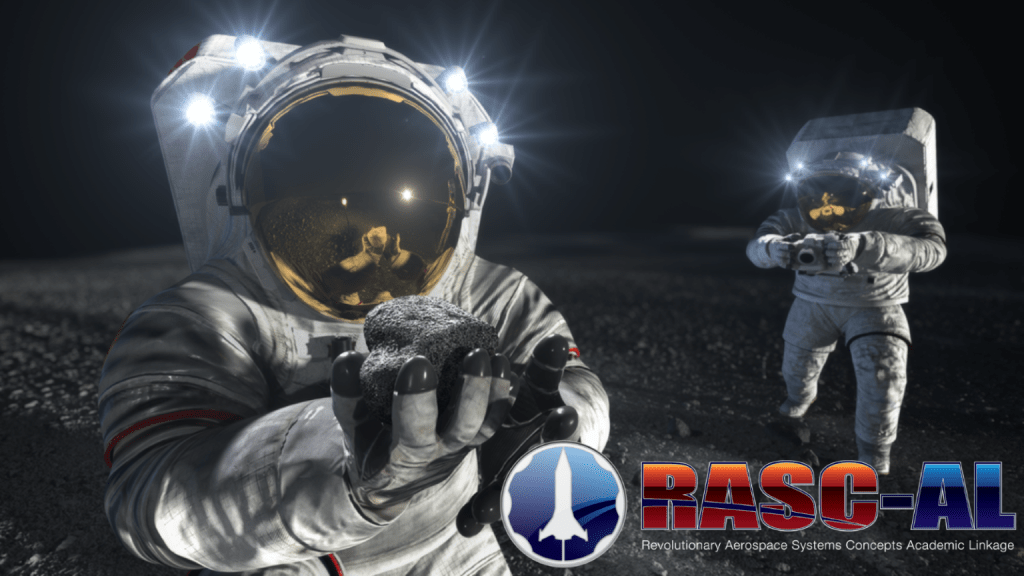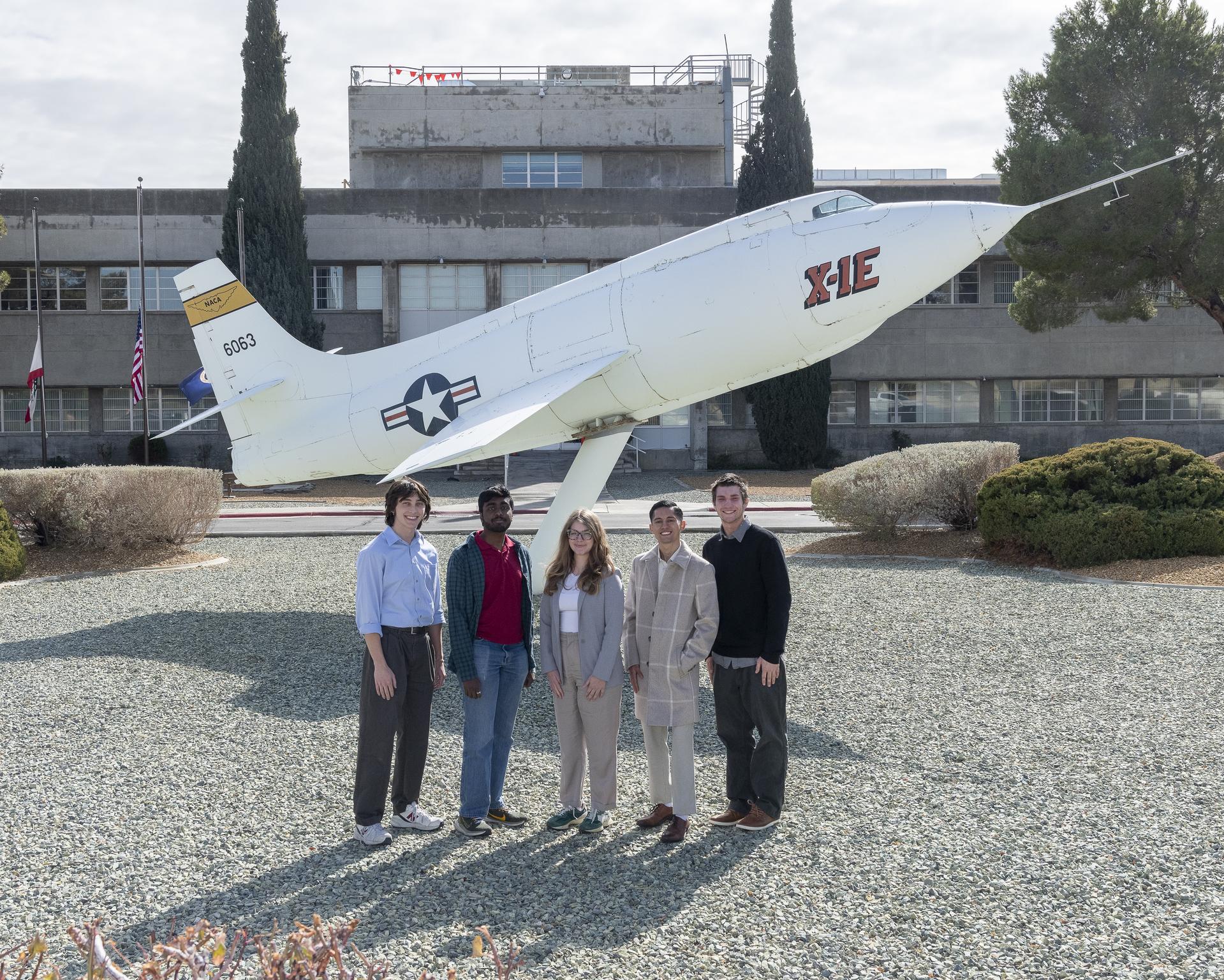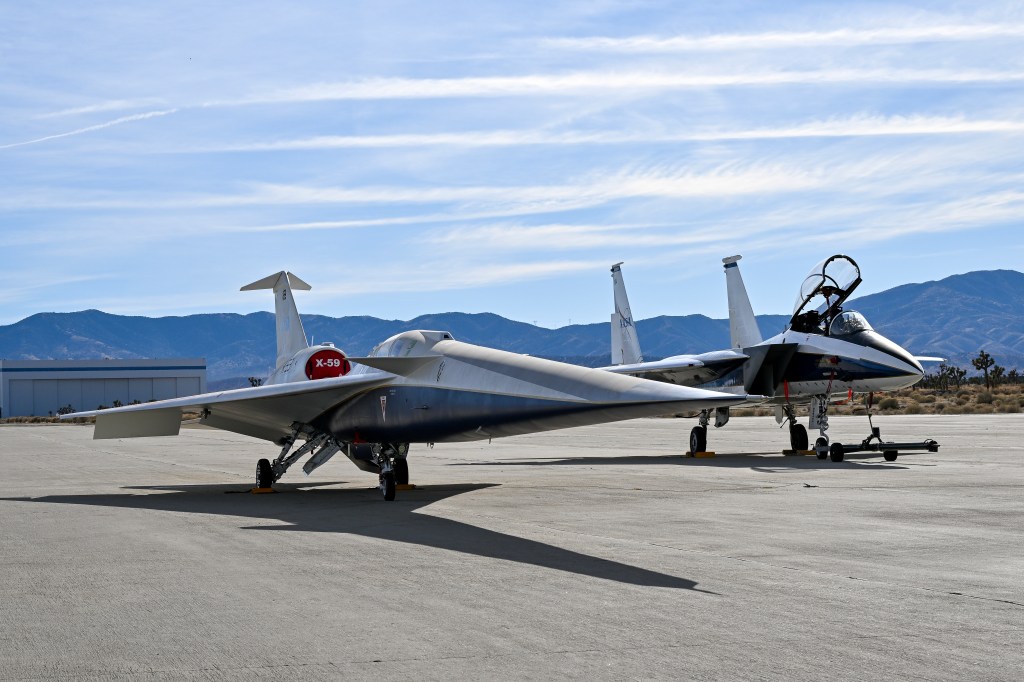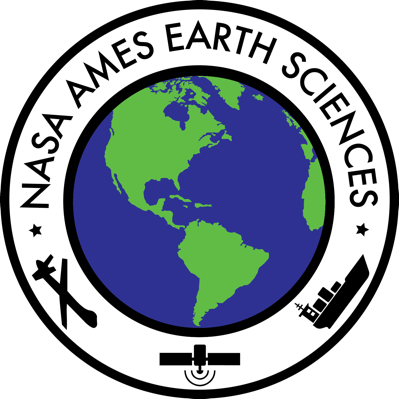Significant announcements:
27th July 2020
- During late June and early July, Forrest Melton provided briefings on OpenET (etdata.org) for the offices of Sen. Harris, Sen. Feinstein, the Director of the Western Governors’ Association, and staff for the House Natural Resources Subcommittee on Water, Oceans and Wildlife – Briefings were organized by the Desert Research Institute and the Environmental Defense Fund, and focused on the development of a new, operational system for satellite mapping evapotranspiration and consumptive use across the western U.S. All staff spent at least one hour with the team and provided positive feedback and clear statements of support for the effort and the proposed partnership with USGS for long-term support. The OpenET platform was released to 140 water management partners on July 10 for testing and review. The public launch is scheduled in early 2021. An example of early feedback from staff at the CA State Water Resources Control Board is provided below:
“OpenET is unreal. I finally had a chance to poke around and check user experience and functionality. 10 out of 10 sir. There are a few “1st” in this platform that could be game changing beyond improving our understanding of water. The performance is spooky fast, the concept of a raster and vector-based UX screening is genius, and time series analytical capacity is a perfect balance of simple and useful for water managers and the average person.”
Link to the OpenET website: https://etdata.org - NASA Ames is in Stage 3 in the NASA Response Framework to pandemics – Staff are continuing work with adjustments in work style, focus and schedules due to the COVID-19 distancing protocols. ESPO-managed NASA airborne missions and other programs and projects at ARC are experiencing major schedule delays due to COVID-19. Ames Earth Science Division staff are focusing on data analysis, publications/proposals/reports writing, and computer-aided design work. Staff are continuing telework and managing workflows and productivity while travel, lab work and mission-critical flight and instrument work are on hold. The division is actively engaged with the directorate/center and with HQ on obtaining “mission-critical” designation from HQ for a number of select facilities and activities and has begun preparing return-to-onsite-work implementation plans. As a first mission, the Submesoscale Ocean Dynamics Experiment (S-MODE) Earth Venture Suborbital-3 (EVS-3) field campaign managed by ESPO has received a “mission-critical” designation and has submitted their return-to-onsite-work plan, which is under review and finalization at Ames.
- Kick-off meetings for two Surface Biology and Geology (SBG) pathfinder projects, SISTER and MEET-SBG, were held on Monday, 20 July 2020 – As a part of the SISTER project, ARC team members Jon Jenkins, PT Tenenbaum, Bill Wohler, and Yohei Shinozuka will develop an automated hyperspectral science data processing pipeline that will be used to evaluate and improve algorithms for atmospheric correction, aquatic and terrestrial ecology, and geology. Liane Guild will contribute aquatic vicarious calibration expertise to the development of an SBG cal/val network under the SISTER project. Weile Wang and Anh Nguyen are participating in the MEET-SBG observing system simulation experiment, providing leadership in developing a global synthetic hyperspectral dataset from extant global multispectral datasets and delivering orbital dynamics parameters for various SBG architectures, respectively.
Link: https://science.nasa.gov/earth-science/decadal-sbg - USGS/NASA mission received its Airworthiness Statement – NASA Ames Research Center has issued an Airworthiness statement for the Black Swift S2 UAS. This is an important milestone in a joint partnership between NASA, USGS, and Black Swift. The planned USGS volcano monitoring sUAS gas sensing flight mission (PI: Christoph Kern, USGS) at Makushin Volcan (Amaknak Island, Alaska) uses a Black Swift Technologies LLC (Boulder CO) SBIR sUAS product, with airborne operations managed at NASA Ames (Matt Fladeland). The sensor payload integrates gas (CO2, SO2) and meteorological sensors for measuring volcanic emissions. It had passed its AFSRB (Airworthiness and Flight Safety Review Board) review with flying colors on May 7th, 2020. The next step will be a site visit, before the FRR (Flight Readiness Review). The fixed-wing, ~1 hour endurance S2 UAS was developed by Black Swift as an SBIR investment with JPL supervision, was subsequently reconfigured to accommodate modular gas payloads on volcanoes and renamed during an EVS-3 preparatory flight campaign under scientific leadership by Ames Earth Science division deputy and volcanologist Florian Schwandner while he was still at JPL, and ecologist Josh Fisher (JPL).
- Matthew Johnson and Sajeev Philip contributed CO2 flux estimates from the global NASA Ames inverse model framework to the Orbiting Carbon Observatory-2 (OCO-2) model intercomparison project (MIP) – The OCO-2 MIP is a collaboration of atmospheric carbon dioxide modelers to study the impact of assimilating OCO-2 retrieval data (2015-2018) into atmospheric inversion models to estimate global and regional carbon dioxide fluxes. The NASA Ames model results have made a significant contribution to the OCO-2 MIP and the multi-model ensemble has just been made available online. The multi-model fluxes, timeseries, and evaluation against TCCON and NOAA in situ observations can be found on the OCO-2 MIP website. Multiple publications from the OCO-2 MIP involving the NASA Ames model output are currently in the early stages of development.
Link: https://www.esrl.noaa.gov/gmd/ccgg/OCO2_v9mip
20th July 2020
- Amber McCullum participated as a panel speaker and representative for NASA’s Indigenous Peoples Capacity Building Program at the United Nations High-level Political Forum on Sustainable Development side event—Indigenous Peoples-led Use of Earth Observations—held virtually on 9 July 2020. During this event, a panel of experts discussed key challenges and opportunities for inclusive engagement of indigenous peoples to advance the use, application, and co-development of tools that use Earth Observations for conservation, land management, and sustainable development. Contributors to this event included indigenous leaders from around the world, the Group on Earth Observations (GEO) Secretariat, members of the GEO Indigenous Alliance, and international non-governmental organizations such as Conservation International.
- COVID-19 Response – Chris Potter (SGE) was funded by SMD’s ESD to investigate Impacts of Bay Area Shelter-in-Place during COVID-19 on urban surface heat fluxes – Chris Potter leads this study with collaborator Glynn Hulley (JPL) to investigate how the absence of worker activities during shelter-in-place has altered the infrared heat flux from parking lots, highways, and large industrial buildings. The lead hypothesis is that this may be caused mainly by quantitative changes in the surface reflective properties (including brightness) in these different classes of non-vegetated urban features. Two more proposal teams from the division are still pending. The division had actively responded to this short-fuse Announcement of Opportunity– Rapid Response to the COVID-19 Pandemic (ROSES2020, A.28). Several submitted concepts had received a go-ahead from HQ for a full proposal, and three full proposals have been submitted. The Biospheric Science Branch (Code SGE) together with Codes TI, D, and the GeneLab project (Code SCR) are also exploring analytical capabilities of environmental factors in collaboration with the NASA Earth Exchange (NEX).
- NASA Ames is in Stage 3 in the NASA Response Framework to pandemics – Staff are continuing work with adjustments in work style, focus and schedules due to the COVID-19 distancing protocols. ESPO-managed NASA airborne missions and other programs and projects at ARC are experiencing major schedule delays due to COVID-19. Ames Earth Science Division staff are focusing on data analysis, publications/proposals/reports writing, and computer-aided design work. Staff are continuing telework and managing workflows and productivity while travel, lab work and mission-critical flight and instrument work are on hold. The division is actively engaged with the directorate/center and with HQ on obtaining “mission-critical” designation from HQ for a number of select facilities and activities and has begun preparing return-to-onsite-work implementation plans. As a first mission, S-MODE has received mission-critical designation and is close to submitting their return-to-onsite-work Plan.
- The ARSET webinar series, Understanding Phenology with Remote Sensing, wrapped up this week on Tuesday 30 June 2020 – This three-part training, with sessions on 30 June, 7 and 14 July, was offered by Amber McCullum and Juan Torres-Perez. Phenological patterns and processes can vary greatly across a range of spatial and temporal scales, and can provide insights about ecological processes like invasive species encroachment, drought, wildlife habitat, and wildfire potential. This training highlighted multiple NASA-funded tools to observe and study phenology across a range of scales. Attendees were exposed to the latest in phenological observatory networks and science, and how these observations relate to ecosystem services, the carbon cycle, biodiversity, and conservation. The training had over 1,700 participants globally.
- A discussion with Amber McCullum, titled Community-based Science and Capacity Building with NASA and the Navajo Nation was featured on StoryCorps. This interview was led by Luke Gezovich, a CAARE communications intern working with Kassie Perlongo. In this interview, Amber highlighted her work as a coordinator for NASA’s Indigenous People’s Capacity Building Initiative (IP), which is led by Dr. Cindy Schmidt. The goals of the IP centers around community, listening, and relationship building. One of the primary objectives is to provide remote sensing trainings to the indigenous community through a focus on place-based approaches. The IP also seeks to increase indigenous representation and knowledge systems at NASA. Amber also discussed her role as the lead for a project focused on drought reporting in collaboration with the Navajo Nation, including project outcomes and further connections with the Navajo Nation.
13th July 2020
- SBIR-funded Swift HALE (high-altitude long-endurance) UAS takes to the skies for the first time – The Swift Engineering solar-electric UAS, designed to fly for 30+ days at 65,000 ft altitude, conducted its first, low-altitude flight test at SpacePort America in New Mexico on 7 July 2020. This is the first in a series of tests to validate the aircraft design and operational envelope. This effort, funded by a NASA SBIR Phase II grant, is part of a HALE capability demonstration project supported by the SMD Airborne Science Program (PI Matt Fladeland). The project team is grateful for support from the NASA Ames Flight Operations Division and Safety and Mission Assurance Directorate whose staff provided oversight through Airworthiness and Flight Safety Review and Flight Readiness Review. The Ames Spectrum Office also assisted with frequency approvals.
- National Academies Consensus Study on the Future Use of Airborne Platforms to Advance Earth Science Priorities – The Ames Airborne Science Program Office and Earth Science Project Office assisted in responding to a data-call from the ongoing study. Ames responded with reports and analyses of past airborne science missions as well as flight tracks and statistics from the Science Operations Flight Request system (SOFRS) as well as the Mission Tools Suite (MTS). Both software systems were developed and are operated by Ames in the Earth Science and Intelligent Systems Divisions, respectively.
All three S1.08 2020 Phase I SBIR proposals assigned to Ames Earth Science were selected for funding.
- S1.08-4948: Angstrom: An Imaging Star Photometer Company: Innovative Imaging and Research Corporation (Stennis Space Center, MS). Summary (abbreviated): Angstrom supports atmospheric studies by providing additional nighttime aerosol measurements to atmospheric models. It also supports Decadal Survey recommended ACCP and TEMPO satellite missions and is directly relevant to numerous field campaigns that measure and monitor aerosols. Ground-based sun photometers provide an important consistent global long-term aerosol data record that is used to better understand aerosol impact on climate, improve aerosol transport models and bound lidar-derived aerosol products. Since sun photometers only provide aerosol information during the day, even though there is scientific interest, there is very little information on aerosols at night. (We propose) Angstrom, an affordable easily deployable multiband wide field of view (FOV) imaging star photometer that measures aerosol optical depth (AOD) and the Angstrom parameter across the night sky using stars. It can be used to augment traditional sun/lunar photometer networks and significantly improve atmospheric monitoring.
Link: https://sbir.nasa.gov/SBIR/abstracts/20/sbir/phase1/SBIR-20-1-S1.08-4948.html
- S1.08-5149: Two-Channel, Fast Time-Response CAPS NOx Monitor Company: Aerodyne Research, Inc. (Billerica, MA) Summary (abbreviated): Nitrogen dioxide is a “criteria pollutant” according to the Clean Air Act of 1970. High resolution spatial and temporal measurements of NO2 will enhance the interpretation of both ground- and space-based measurements. This information will not only help validate satellite-based measurements, but provide more accurate source apportionment data. Inclusion of a total NOx measurement capability (and thus NO measurements) would provide NASA with a more accurate and reliable replacement for its standard chemiluminescence-based monitors
Link: https://sbir.nasa.gov/SBIR/abstracts/20/sbir/phase1/SBIR-20-1-S1.08-5149.html
- S1.08-6396: Return Glider for High Altitude Sampling Systems Company: Delta Zee Solutions (Tucson, AZ) Summary (abbreviated): Current atmospheric observing networks that are used for NASA satellite validation are limited, especially in the tropics where changes in trace gases have a profound influence on our climate. AirCore and POPS sensor glider flights can expand atmospheric profiling capabilities worldwide; increase data throughput in under sampled areas; improve NASA satellite retrievals (OCO, GeoCARB, MLS, TES, EMIT), linking them to surface observing networks; and contextualize NASA campaigns focused on atmospheric composition and climate.
The proposed high-altitude atmospheric sampling system offers a paradigm shift in our ability to sample the atmospheric column using a proven trace gas sampling technique (AirCore) currently used by NASA to validate remote measurements of trace gases, and a return vehicle that expands potential sampling locations.
Link: https://sbir.nasa.gov/SBIR/abstracts/20/sbir/phase1/SBIR-20-1-S1.08-6396.html - NASA Ames is in Stage 3 in the NASA Response Framework to pandemics – Staff are continuing work with adjustments in work style, focus and schedules due to the COVID-19 distancing protocols. ESPO-managed NASA airborne missions and other programs and projects at ARC are experiencing major schedule delays due to COVID-19. Ames Earth Science Division staff are focusing on data analysis, publications/proposals/reports writing, and computer-aided design work. Staff are continuing telework and managing workflows and productivity while travel, lab work and mission-critical flight and instrument work are on hold. The division is actively engaged with the directorate/center and with HQ on obtaining “mission-critical” designation from HQ for a number of select facilities and activities and has begun preparing return-to-onsite-work implementation plans. As a first mission, S-MODE has received mission-critical designation and is close to submitting their return-to-onsite-work Plan.
6th July 2020
- NASA Ames is in Stage 3 in the NASA Response Framework to pandemics – Staff are continuing work with adjustments in work style, focus and schedules due to the COVID-19 distancing protocols. ESPO-managed NASA airborne missions and other programs and projects at ARC are experiencing major schedule delays due to COVID-19. Ames Earth Science Division staff are focusing on data analysis, publications/proposals/reports writing, and computer-aided design work. Staff are continuing telework and managing workflows and productivity while travel, lab work and mission-critical flight and instrument work are on hold. The division is actively engaged with the directorate/center and with HQ on obtaining “mission-critical” designation from HQ for a number of select facilities and activities and has begun preparing return-to-onsite-work implementation plans.
- OpenET Briefings to Congressional Staff – Forrest Melton provided briefings on OpenET for the offices of Sen. Feinstein (8 June) and Sen. Harris (16 June). The one hour briefings were organized by the Desert Research Institute. Briefings covered uses of OpenET data, NASA contributions to scientific and technical advances, the need for a shared basis for decision making, and collaboration between OpenET and the USGS Water Availability and Use Science Program. These briefings could potentially generate congressional interest and support to sustain these programs.
Link to the OpenET website: https://etdata.org - The ARSET (Applied Remote SEnsing Training) webinar series, Understanding Phenology with Remote Sensing, began this week on 30 June 2020 – This three-part training, with sessions on 30 June, 7 and 14 July, is offered by Amber McCullum and Juan Torres-Pérez. The training has over 1,700 participants registered globally. Phenological patterns and processes can vary greatly across a range of spatial and temporal scales and can provide insights about ecological processes like invasive species encroachment, drought, wildlife habitat, and wildfire potential. This training will highlight NASA-funded tools to observe and study phenology across a range of scales. Attendees will be exposed to the latest in phenological observatory networks and science, and how these observations relate to ecosystem services, the carbon cycle, biodiversity, and conservation.
- COVID-19 Response – Several teams have actively responded to the short-fuse Announcement of Opportunity (AO) from HQ – Rapid Response to the COVID-19 Pandemic (ROSES2020, A.28) – and other proposal preparation activities. Several submitted concepts have received a go-ahead from HQ for a full proposal, and three full proposals have been submitted. The Biospheric Science Branch (Code SGE) together with Codes TI, D, and the GeneLab project (Code SCR) are also exploring analytical capabilities of environmental factors with the help of the NASA Earth Exchange (NEX).
Link to the Rapid Response AO: https://nspires.nasaprs.com/external/solicitations/summary!init.do?solId=%7b3F3DFBFB-8FEE-F317-63FD-CB84ECA833EC%7d - DEVELOP – Pacific Northwest Health and Air Quality – Using NASA Earth Observations to Analyze Air Quality Impacts from Wildfires in the Pacific Northwest.
The 2020 Summer DEVELOP team at Ames started their 10-week term on 1 June 2020. The project partners with The Nature Conservancy’s Washington Chapter and the Puget Sound Clean Air Agency to assess impacts of wildfire smoke on surrounding air quality in the Pacific Northwest over the last two decades. This project integrates MODIS, VIIRS, CALIPSO, and Sentinel-5P data to map wildfire emissions over time and create a web-based tool to visualize air quality data across the study area where on-the-ground sensors can be geographically sparse.
Link to the web story: https://develop.larc.nasa.gov/news/articles/2020_July_We_will_Blow_You_Away.html

